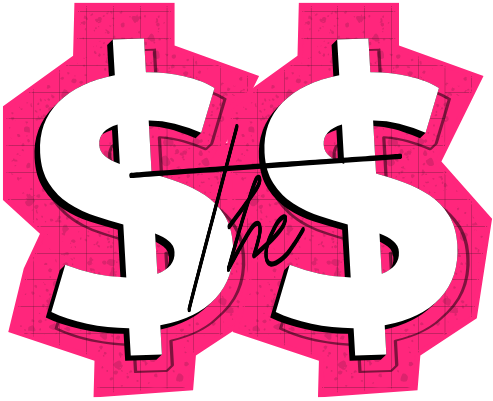A blog post is a type of online content that is regularly updated and published on a blog. It typically consists of written text, images, and/or videos and can cover a wide range of topics or niche interests. Blog posts can be written by individuals or companies and are often used to share personal experiences, provide information, or promote products and services.
- Blog: A website or web page that is regularly updated with new content, often written in an informal or conversational style.
- Blogger: An individual who writes and publishes content on a blog. (ref.: blogging glossary)
- Blogosphere: The collective community of all blogs and bloggers on the internet.
- Blog Post: An individual piece of content published on a blog.
- Content Management System (CMS): Software that allows users to create, manage, and organize digital content, commonly used for blogging.
- RSS (Really Simple Syndication): A web feed format used for publishing frequently updated content, allowing users to subscribe and receive updates.
- SEO (Search Engine Optimization): Strategies and techniques to improve a blog’s visibility on search engine results pages.
- Category: A way to organize and group related blog posts.
- Tag: Keywords or phrases assigned to a blog post to describe its content, aiding in categorization and searchability.
- Permalink: A permanent URL or link to a specific blog post or page.
- Comment Section: Area below a blog post where readers can leave comments and engage with the content.
- Featured Image: A main image associated with a blog post, often displayed prominently.
- Sidebar: A section on the side of a blog where additional information, widgets, or links may be displayed.
- Header: The top section of a blog containing the site’s logo, navigation menu, and sometimes additional elements.
- Footer: The bottom section of a blog, often containing copyright information, links, and other details.
- Call to Action (CTA): A prompt or button encouraging readers to take a specific action, such as subscribing or purchasing.
- Evergreen Content: Blog content that remains relevant and valuable over an extended period, avoiding trends or time-sensitive information.
- Guest Post: Content created by someone other than the primary blogger and published on their blog.
- Backlink: A link from another website to a specific blog post, influencing search engine rankings. (ref.: link building glossary)
- Internal Linking: Linking from one blog post to another within the same website.
- RSS Feed: A feed that allows users to subscribe to blog updates using a feed reader.
- Niche: A specialized segment of the market that a blog focuses on. (ref.: niche websites glossary)
- Engagement: Measures how readers interact with a blog, including comments, social shares, and time spent on pages.
- Monetization: Methods used to generate income from a blog, such as ads, affiliate marketing, or product sales.
- Analytics: Tools and metrics used to track and analyze blog performance.

A blog post can cover a wide range of topics, from personal experiences and opinions to news and how-to guides. They are typically written in a conversational and informal tone, making them more accessible and relatable to readers. Blog posts often include images, videos, and hyperlinks to enhance the content and engage readers. They can also feature comments and discussions from readers, creating a sense of community and interaction on the blog.
